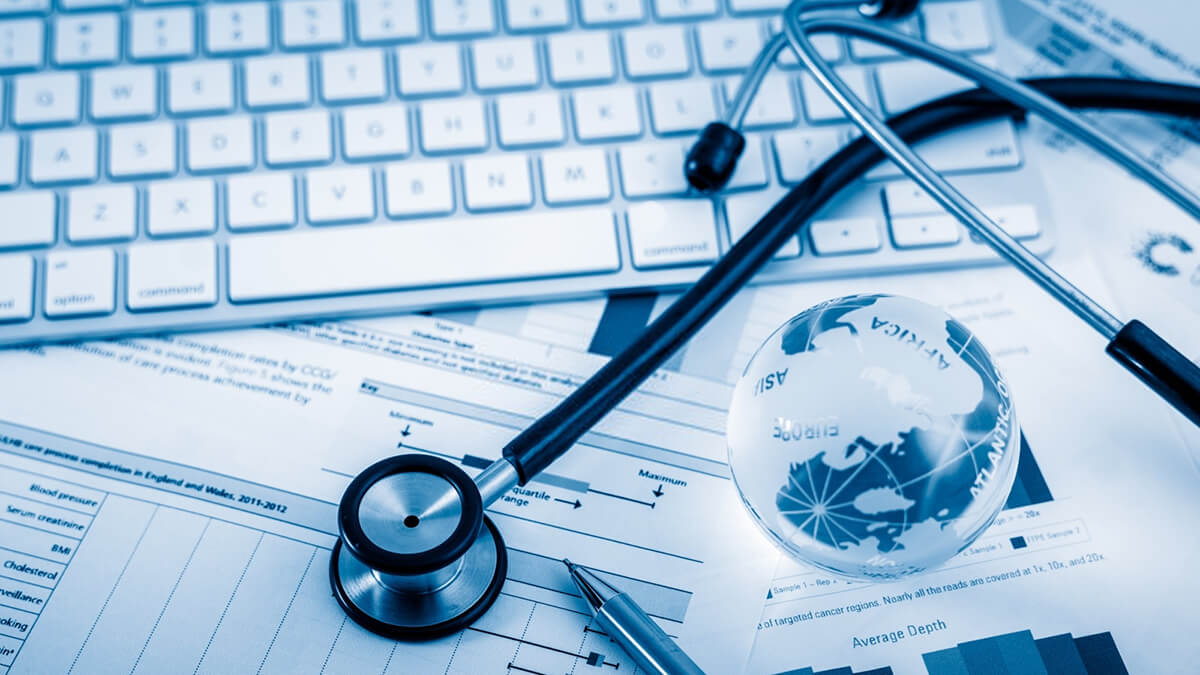Ideal Practices in Medical Management for Improving Effectiveness and Lowering Prices
In the ever-evolving landscape of healthcare, the search of best techniques in clinical administration is paramount for enhancing performance and curbing expenses. By integrating sophisticated technologies such as digital health and wellness records and telemedicine, medical care service providers can improve operations and improve client care.
Leveraging Advanced Innovation
In today's quickly progressing health care landscape, leveraging innovative modern technology is no longer optional however crucial for reliable medical administration. The integration of electronic options right into healthcare systems has changed the way facilities operate, enhancing processes and improving client care. Electronic Health Records (EHRs) are critical, supplying detailed patient data that can be accessed instantaneously by authorized workers, hence lowering redundancy and lessening errors. By centralizing individual info, EHRs get rid of the requirement for difficult documentation and assist in seamless interaction among doctor.
Telemedicine is one more technological advancement that has reinvented patient interaction. It uses benefit for both clients and healthcare specialists by making it possible for remote assessments, which can minimize the requirement for in-person gos to and maximize visit scheduling. Furthermore, telehealth platforms can extend healthcare access to rural or underserved locations, linking spaces in care delivery.
Furthermore, using Expert system (AI) and equipment learning is ending up being significantly widespread in predictive analytics, permitting early detection of potential health issues and more enlightened decision-making. These technologies, when integrated properly, can enhance diagnostic accuracy and personalize client therapy plans, ultimately resulting in enhanced health care outcomes and functional efficiency.
Optimizing Resource Appropriation
Effective resource allocation is critical for taking full advantage of the efficiency of clinical management. By purposefully taking care of sources such as employees, equipment, and financial resources, medical care facilities can significantly enhance their functional efficiency, boost client results, and lower unnecessary expenses. The primary step in maximizing resource allotment involves performing a comprehensive evaluation of existing properties and determining locations where resources may be underutilized or overextended. This analysis must be data-driven, utilizing metrics and analytics to notify decision-making processes.
Focusing on resource appropriation based upon person requirements and solution needs is essential. This entails straightening sources with high-demand locations, such as emergency treatment or specialized treatments, to ensure timely and efficient patient care. Executing flexible staffing versions can also enhance labor resources by readjusting workers allocation in action to varying individual volumes. Furthermore, welcoming telemedicine and other technological solutions can minimize physical resource constraints by supplying different opportunities for patient-provider communications.
Funds should be diligently kept track of and allocated with strategic foresight to support both short-term functional demands and long-term institutional objectives. This consists of investing in training programs that boost team competencies and adopting energy-efficient methods that lower operational expenses (medical administration). Inevitably, an optimized source allocation technique promotes a sustainable healthcare environment that is responsive, reliable, and financially prudent
Streamlining Process Processes
When medical care facilities goal to improve functional efficiency, improving operations processes comes to be a critical emphasis. Reliable operations lessen redundancy, get rid of unneeded steps, and boost control among healthcare specialists. This technique not only accelerates solution distribution but additionally improves the quality of client treatment.

Next, innovation combination plays a considerable function in improving process. Implementing electronic health records (EHRs) and computerized physician order entry (CPOE) systems reduces documents, reduces human error, and ensures information is obtainable to all appropriate workers. Additionally, leveraging telemedicine platforms can streamline client assessments and follow-ups, decreasing the stress on physical infrastructure.

Ultimately, structured operations lead to cost decreases and boosted person contentment, promoting a more lasting medical care environment.
Enhancing Information Monitoring
Structure upon structured operations, enhancing information monitoring comes to be an essential component ahead of time medical care administration. Reliable data administration systems are important for preserving accurate patient records, enhancing decision-making, and making sure conformity with regulatory standards. By carrying out durable data management services, health care centers can improve the quality of client care while at the you can try here same time reducing operational expenses.
One secret aspect of enhancing data management is the assimilation of innovative electronic health and wellness document (EHR) systems. These systems facilitate the seamless exchange of individual info throughout different departments, lowering duplication of examinations and reducing errors. A properly designed EHR system sustains information analytics, allowing doctor to determine trends and make educated choices concerning person treatment.
Moreover, guarding person data is critical. Embracing extensive cybersecurity procedures, consisting of encryption and routine audits, makes certain the honesty and discretion of sensitive details. This not only secures individuals however additionally maintains the establishment's track record.
Buying personnel training is an additional critical variable. Informing health care specialists on data management methods enhances their capability to effectively utilize modern technology, causing enhanced individual end results. To conclude, boosting information management with sophisticated modern technology and detailed training is important for achieving performance and expense reduction in medical management.
Fostering Collaborative Communication
An important element ahead of time medical administration is fostering collaborative interaction amongst health care experts. Reliable interaction is extremely important for making certain seamless patient care, optimizing treatment outcomes, and lessening errors. By motivating open dialogue and control throughout multidisciplinary visite site teams, medical care companies can boost their functional effectiveness and lower unnecessary prices.
Central to this strategy is the integration of communication innovations such as electronic health documents (EHRs) and protected messaging platforms, which help with the rapid exchange of crucial person details. These devices make it possible for doctor to access and share information in genuine time, making certain that all staff member are notified and straightened in their decision-making processes. Additionally, normal group meetings and interdisciplinary rounds can better promote a culture of partnership and liability.
Training programs concentrated on improving communication skills are additionally crucial. These programs can aid staff create the ability to communicate details clearly and pay attention actively, hence minimizing misunderstandings and fostering an encouraging job setting. Additionally, embracing standardized communication procedures, such as SBAR (Circumstance, Background, Analysis, Referral), can enhance the exchange of details, making certain that vital details are shared succinctly and properly. Ultimately, promoting collective communication leads to boosted medical care delivery and price savings (medical administration).

Conclusion
Incorporating sophisticated modern technology, such as digital health documents and telemedicine, together with enhanced resource allowance and structured process processes, is important for boosting efficiency in clinical management. Efficient data management and promoting collective communication among official source medical care teams are important for decreasing redundancies and enhancing treatment quality. By prioritizing preventive care and taking part in quality renovation efforts, medical care companies can attain considerable price financial savings and improved person results, thereby guaranteeing sustainable medical care distribution in an increasingly intricate atmosphere.